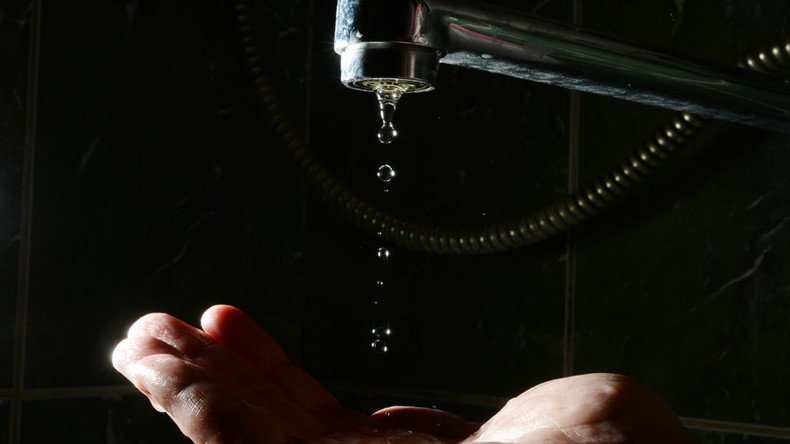‘Californians rose to the occasion’ but miss water conservation target by 1.1%, penalties coming

Californians were just shy of reaching the state’s mandated 25 percent water conservation goal for February, which was prompted by an unprecedented drought, but one percent made all the difference, and now individual water suppliers face penalties.
“Twenty-four percent savings shows enormous effort and recognition that everyone’s effort matters,” said Felicia Marcus, Chair of the California State Water Resources Control Board, in a released statement. “Californians rose to the occasion, reducing irrigation, fixing leaks, taking shorter showers, and saving our precious water resources in all sorts of ways.”
California misses water conservation target by 1 percent https://t.co/VaokbQF5Y7pic.twitter.com/81X2gfV2v5
— 89.3 KPCC (@KPCC) April 4, 2016
Residents statewide used 23.9 percent less water in February compared to the same period in 2013. February was the ninth and final month of reporting under the governor’s 25 percent savings mandate. Californians will now be required to use at least 20 percent less water under a new emergency regulation signed by Governor Brown in February that will continue the reductions through October.
California misses its water conservation mark by 1.1 percent for February.
— KBAK/KBFX TV (@bakersfieldnow) April 5, 2016
MORE:https://t.co/KyjtsjE3wI
The state water board said Californians saved 368 billion gallons of water – enough to supply nearly six million people for a year. There are 38.8 million Californians.
Officials have said it is unlikely that the state as a whole will face any consequences for missing Brown’s standard by such a small margin, but individual water suppliers could still face penalties. Since June of 2015, the state water board has issued 98 warning letters, 118 notices of violation, and 12 conservation orders, as well as four complaints, of which one has been paid and three are still in negotiations.
Beverly Hills faces big fine for failure to conserve water use amid California drought https://t.co/V93Vbcq41epic.twitter.com/ODg9zWvq2N
— RT America (@RT_America) October 31, 2015
Water officials blamed the lower February savings partly on warm and dry conditions that Marcus called “just horrid.” They urged Californians to keep conserving, harping on an increasingly common refrain.
“The drought is not over,” Max Gomberg, the water board’s climate and conservation manager, told the San Gabriel Valley Tribune. “Conservation habits are still important heading into this summer. And so is keeping trees alive.”
When it rains, it pours: El Niño fills keystone CA reservoirhttps://t.co/KYkcsjrDICpic.twitter.com/RJPXDl1udE
— RT America (@RT_America) March 26, 2016
While El Niño promised record-breaking rainfall, which was fulfilled primarily in Northern California, Southern California saw about half as much as in a normal year last winter, when measured in downtown Los Angeles.
The state is now in its fifth year of drought, but an El Niño weather system delivered a near-average year of rain and snow to some parts of the state.
Wintry storm drops 4.3 billion gallons into Lake Tahoe over 24 hourshttps://t.co/FGOr30Ma9Ypic.twitter.com/uRxy51v78c
— RT America (@RT_America) December 24, 2015
The Los Angeles Times reported that the snowpack survey “showed that conditions had improved since 2015,” but the “water content within the snow was still below average.”
Once the snowpack melts, it will fill the state’s reservoirs to provide water for farmers, as well as residents in Los Angeles.
As it is April, however, California is nearing the end of its rain and snow season.
“We need people to keep saving,” Marcus said, according to the Associated Press.












